About 16km northeast of Vinh city center, Cua Lo beach stands out with the confluence of Cam river and Lam river flowing into the sea, creating a beautiful natural landscape.
According to geological studies, this area used to be a deep sea, with many remaining vestiges such as ancient anchors and peat mines deep underground, proving the long history of this land.
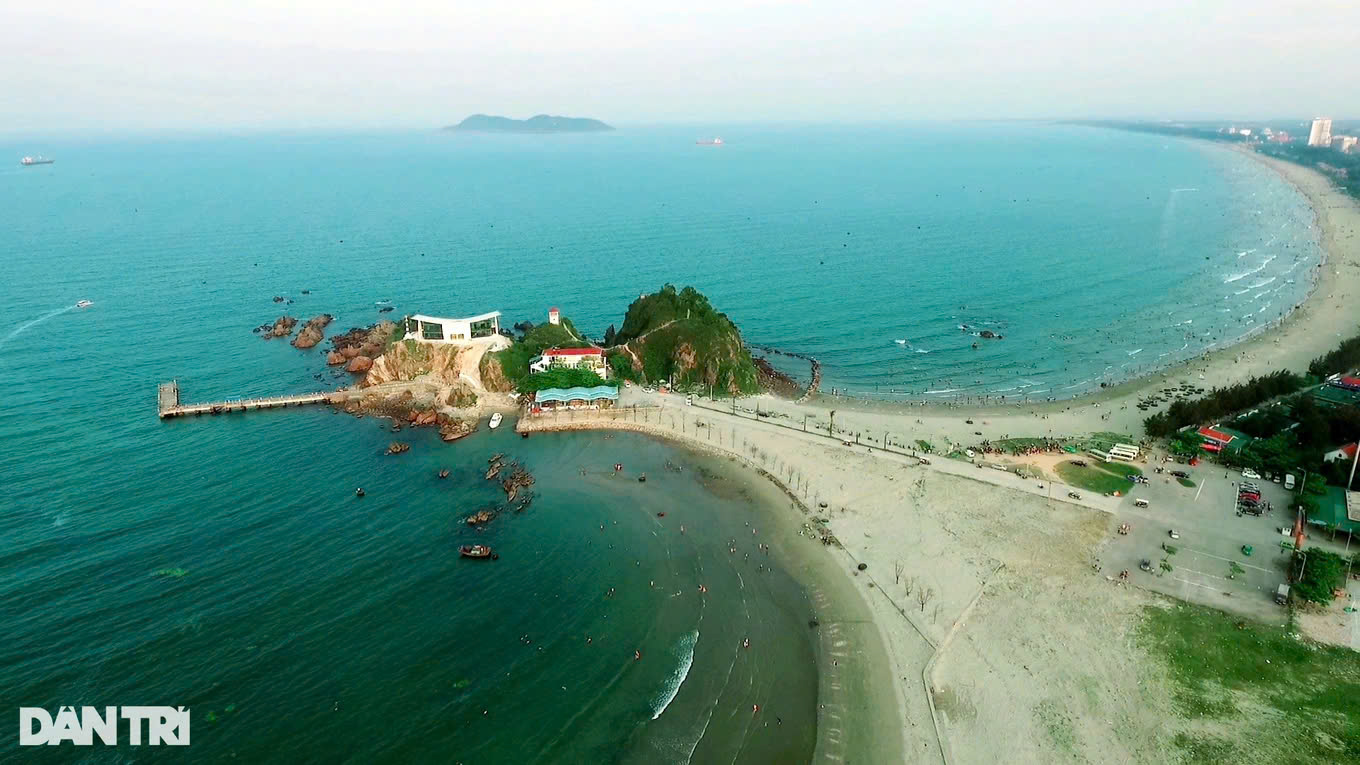
Cua Lo currently has three famous islands: Lan Chau, Ngu (Song Ngu) island and Mat island. Each island carries its own separate story, rich in cultural and spiritual elements.
Lan Chau Island, also known as "Ru Coc", stands out with its shape like a large toad stretching out to the sea. This is an ideal sightseeing spot, especially when the tide recedes, the western foot of the island appears, connecting to the mainland like a small peninsula.
On the island there is a lighthouse and Nghinh Phong tower, built by King Bao Dai in 1936. From here, visitors can have a panoramic view of Cua Lo with the deep blue sea.
More than 4km from shore is Ngu Island, consisting of two islands: the large island is 133m high, the small island is 88m high. On the island is Song Ngu Pagoda, built in the 13th century and restored in 2005.
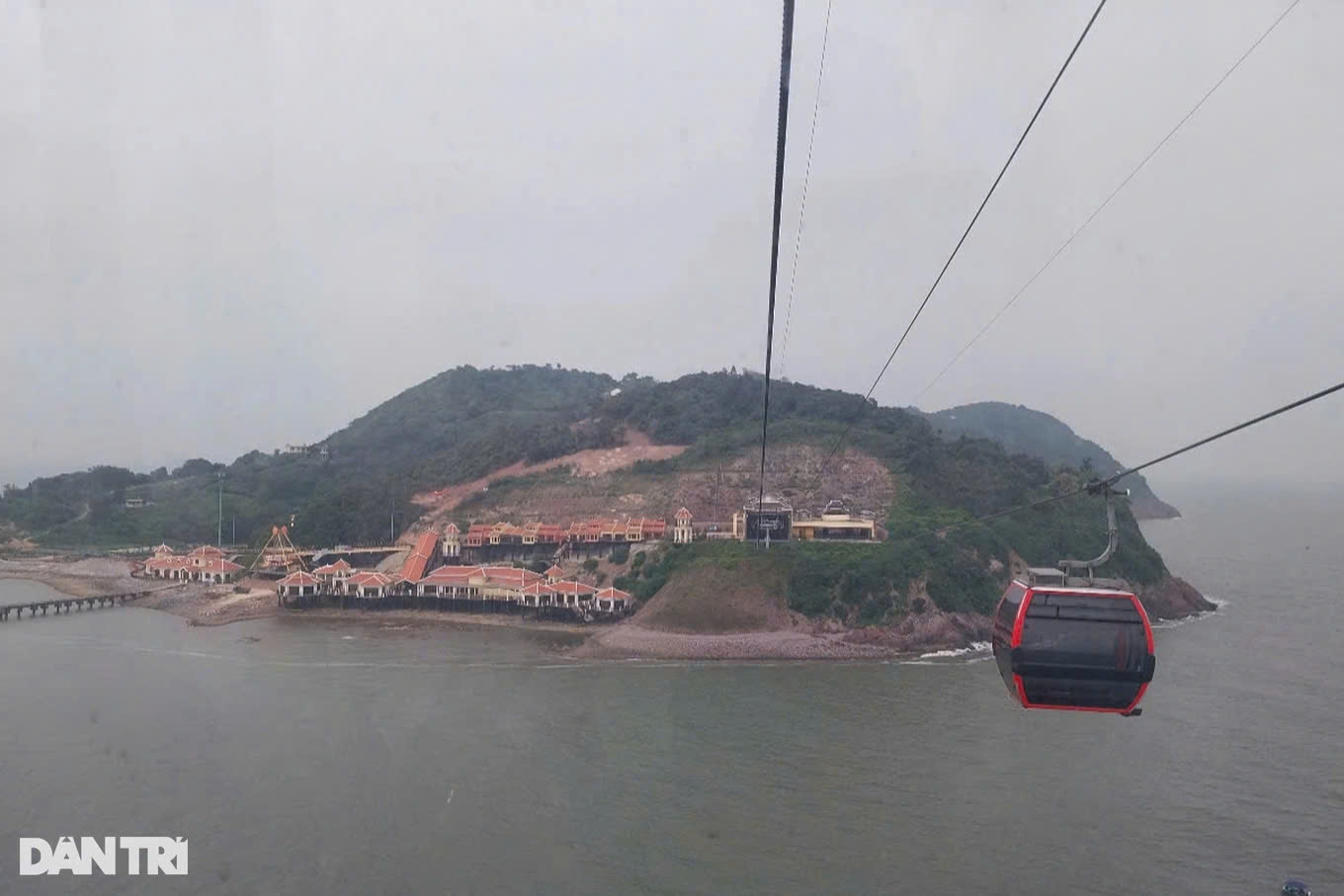
In the temple grounds is the Ngoc well, the only place on the island with fresh water, not deep but clear all year round, never dry. In 2011, the temple was recognized as a provincial historical and cultural relic.
Further south, there is Mat Island (or Nhan Son) about 20km from the shore. Mat Island is about 80ha wide, the highest peak is 218m. Legend has it that this place is associated with the wandering story of To Nuong, the wife of a general during the Hai Ba Trung period. Unable to find her husband, she went to the island day and night heading towards the mainland. The name "Hon Mat" was born from that.
Cua Lo is also a land rich in cultural traditions with about 40 tangible heritages inventoried. Of these, 13 relics have been ranked, including Van Loc temple, Hoang Van family temple, Mai Bang temple, Nguyen Trong Dat tomb...
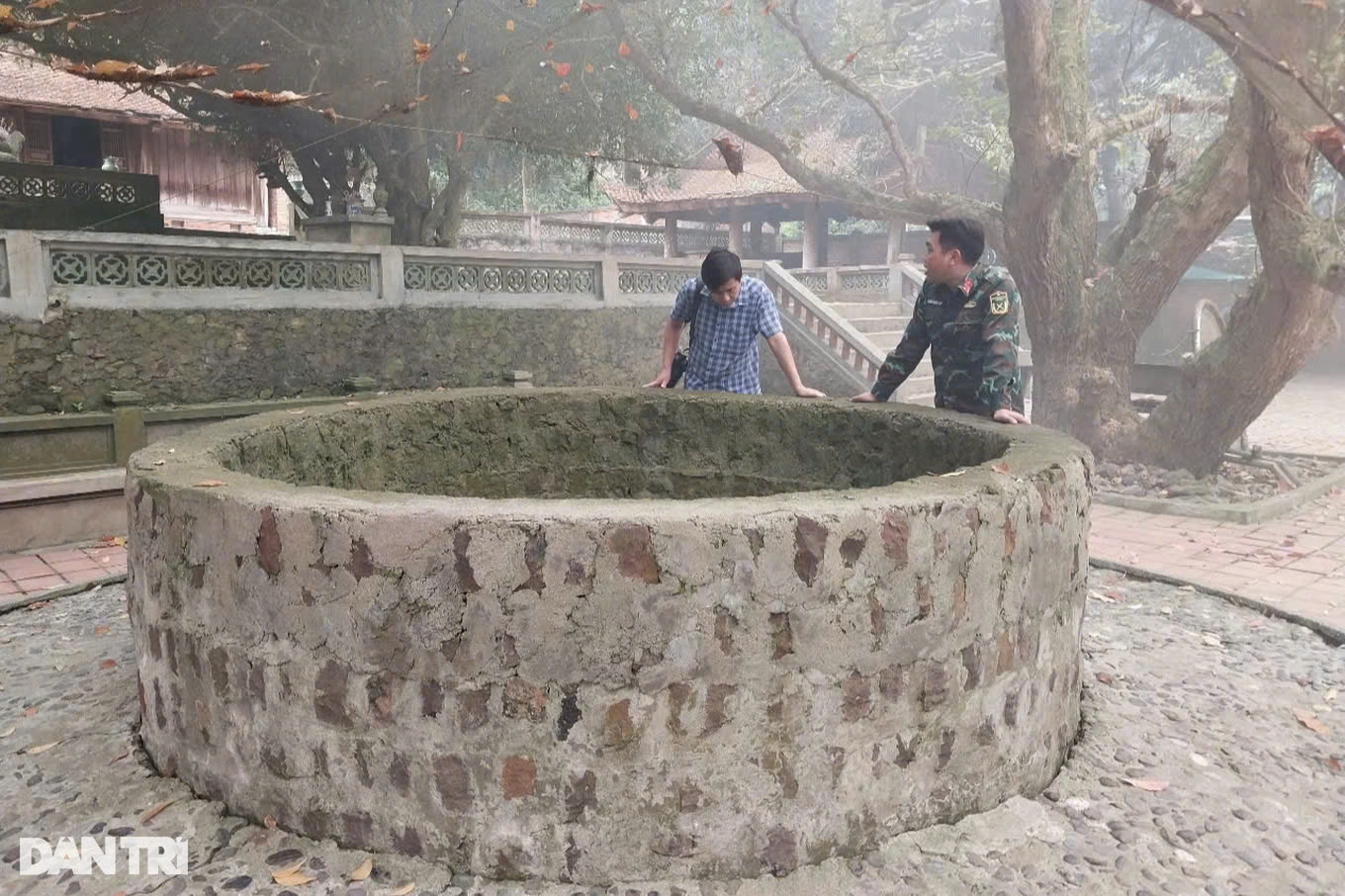
In particular, the Nghinh Ong festival in Nghi Hai ward, a typical ritual of coastal fishermen, takes place every two years, with folk performances such as: hat ba trao, hat tuong, hat boi...
In 2024, Yen Luong Temple Festival (Nghi Thuy Ward) was recognized as a National Intangible Cultural Heritage.
The mild climate, beautiful beaches, gentle people and rich cultural and historical space have helped Cua Lo become an attractive destination not only in Nghe An but also in the whole Central region.
The attraction of three islands with unique natural and cultural features is an important factor contributing to the development strategy of marine tourism in this land.
According to dantri.com.vn
Source: https://baohanam.com.vn/du-lich/suc-hap-dan-cua-vung-bien-voi-3-hon-dao-160528.html


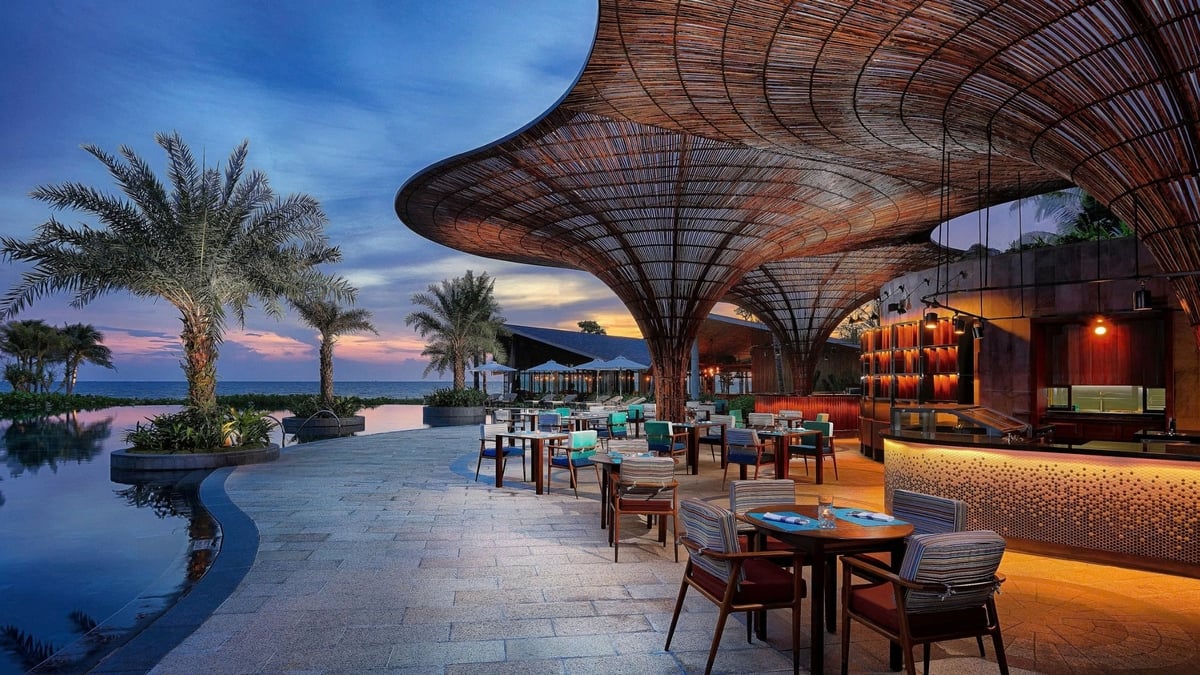
![[Photo] President Luong Cuong presided over the welcoming ceremony and held talks with Sri Lankan President Anura Kumara Dissanayaka](https://vphoto.vietnam.vn/thumb/1200x675/vietnam/resource/IMAGE/2025/5/5/bbb34e48c0194f2e81f59748df3f21c7)

![[Photo] Solemn opening of the 9th Session, 15th National Assembly](https://vphoto.vietnam.vn/thumb/1200x675/vietnam/resource/IMAGE/2025/5/5/ad3b9de4debc46efb4a0e04db0295ad8)
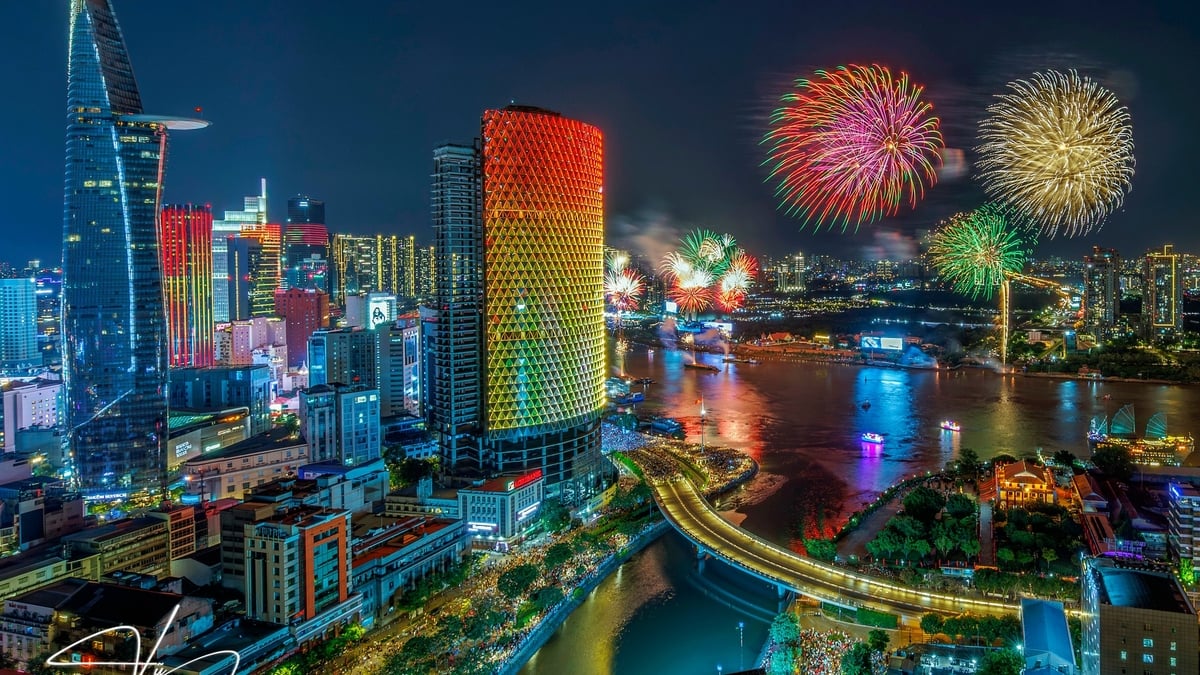


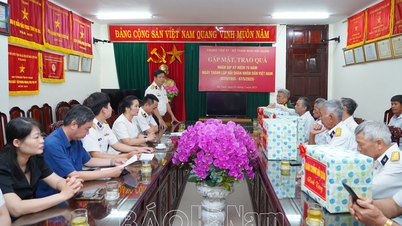



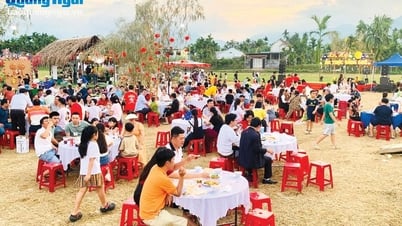







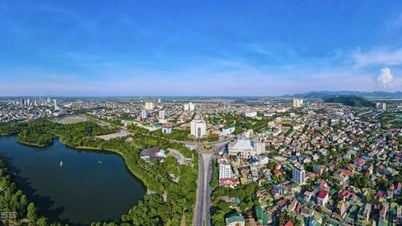



![[Photo] National Assembly delegates visit President Ho Chi Minh's Mausoleum](https://vphoto.vietnam.vn/thumb/1200x675/vietnam/resource/IMAGE/2025/5/5/9c1b8b0a0c264b84a43b60d30df48f75)




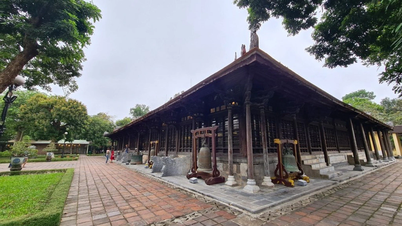



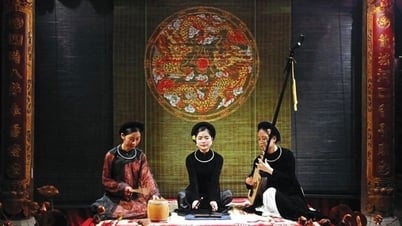






























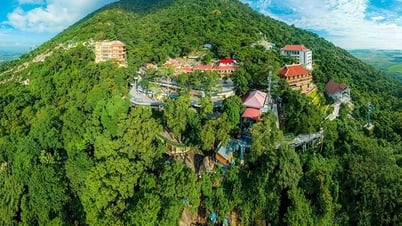

















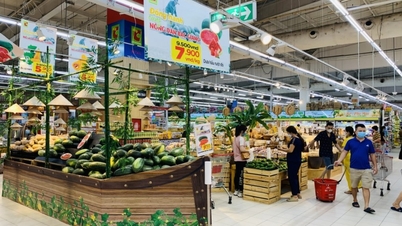









Comment (0)